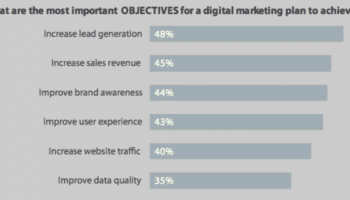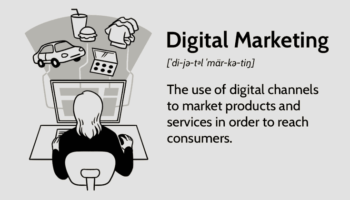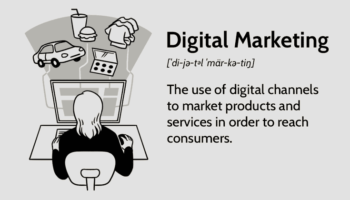Online marketplaces play a pivotal role in increasing profit margins for online sellers. Marketplaces have much more extensive customer bases than individual e-commerce websites so they can reach more consumers with the same promotional budget. This, in turn, reduces the cost of acquiring new customers. These are only a few of the many benefits that marketplaces offer sellers.
Transparency in the purchase funnel
A clear, transparent purchase funnel is crucial for B2B marketing campaigns. Transparency in the purchase funnel helps buyers make informed decisions. Transparency is key to long-term relationships. This applies to both the product and the company itself. Companies must provide clear product descriptions, keep them up-to-date, and communicate their value proposition.
Companies can start by providing clear transparency about how they use their customer data. The Guardian has published a video illustrating how it collects data and how it benefits consumers. The company also gives regular updates to its Facebook page about its commitments. By doing so, customers can feel more comfortable knowing they are making a positive impact while shopping with a brand.
A clear price structure is also crucial. Consumers respond best to messaging that speaks directly to their needs. For example, a price transparency button is an effective way to generate leads. Consumers can enter their wish list of procedures and receive an estimated cost for each. In return, the provider receives the consumer’s contact information.
Consumers are increasingly demanding transparency in their purchase funnels. Many brands have realized this and begun creating websites that allow consumers to compare quotes from multiple sources. Car insurance companies establish a more trustworthy brand by establishing a transparent website. The benefits of this transparency strategy include lower shipping costs and more straightforward returns and refund processes.

The largest companies can play a crucial role in driving change in the industry. They can unite influential players to form a coalition to cause the changes needed. Media agencies also have a stake in greater transparency. Greater transparency allows them to rebuild trust with advertisers and create true partnerships with their clients. Greater transparency also boosts the reputation of media agencies.
Convenience
The emergence of online markets has made it easier to buy the things you need when you need them. With many online retailers offering click-and-collect services, consumers can order products and pick them up later at a convenient time. Convenience is essential for today’s consumer, and retailers must keep this in mind.
This study extends previous studies on online convenience by examining different dimensions. The study also analyzes the implications for e-commerce retailers. In particular, it emphasizes the need for frequent monitoring of consumer expectations, a prerequisite to continuous improvement. While this research has some limitations, managers must understand online convenience and how to improve it.
Consumers are willing to pay for convenience. For example, 66% of consumers would pay extra for a delivery service, and 25% would pay for more than one service. While convenience is essential for all consumers, it is necessary for certain purchases. For example, consumers expect greater comfort when purchasing personal care products or groceries.
While price and convenience are important factors for consumers, consumers increasingly prioritize convenience when buying online. A recent study by the National Retail Federation shows that consumers now prioritize convenience over price when purchasing online. Despite these findings, the study also found that fewer consumers will buy if it is too inconvenient to purchase.
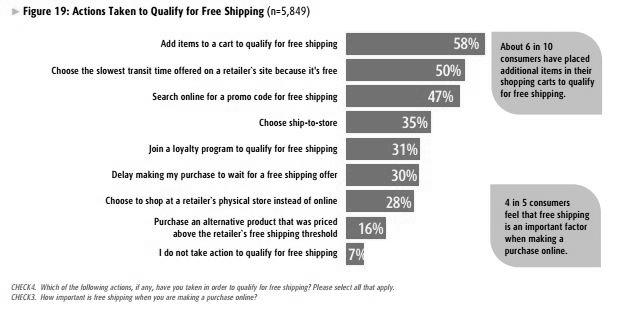
Price comparison
Price comparison websites help retailers set competitive prices and attract a price-conscious audience. The sites have billions of users and can provide retailers with the potential to generate additional revenue through deals. In 2019, global price comparison websites were estimated to be worth $2.8 billion and are expected to grow at a compound annual growth rate of 8% between 2020 and 2030. About 30% of this revenue comes from retail products.
The BizRate price comparison site features items from top retailers and smaller online stores. It also has expert reviews for many products. The site is one of the oldest price comparison websites and has developed a reputation among comparison shoppers. BizRate has an extensive database of products and offers additional features for retailers. It has a price alert feature and allows businesses to follow consumer trends. Its interface is user-friendly, making it easy to compare prices.
Online retailers can use price comparison engines to increase traffic and rank higher in search engines. This helps smaller online retailers compete with larger competitors. Many consumers base their purchasing decisions on price. In addition, a price comparison engine can help smaller online retailers identify new customers and improve their SEO. Using a price comparison engine goes beyond enhancing search engine rankings. They also enable smaller retailers to compete with more prominent brands and discover new consumers.
Online retailers must carefully consider customer reviews and ratings. Even if a retailer has the best price, they must maintain a good reputation among their customers. 80% of consumers use price comparison sites to compare prices before purchasing physical products.
Product life cycle
A product’s life cycle is a multi-stage process. During the introduction stage, businesses must create awareness of the new product and determine its price. These actions are critical for gaining market share. As a result, firms have to spend significant money on marketing. Once they have established a competitive advantage, they move into the growth stage, where sales increase rapidly.
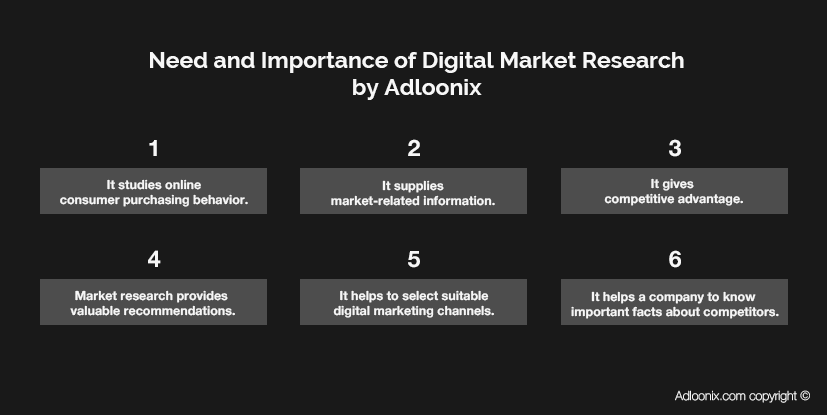
Once the product has successfully navigated the market introduction stage, it enters the growth stage of the product life cycle. Growing demand should encourage the manufacturer to increase product production and make it more available to consumers. Once the growth stage is complete, the product will enter the decline stage. The decline stage, however, can be more challenging to navigate.
A product’s decline stage can be described as when sales have decreased, or technological advancements have made an alternative that fulfills the same need more efficiently. Typewriters, for example, were famous until computers, laptops, and smartphones were invented. Today, typewriters still exist, but their life cycle is different from the previous stage.
As a business, it is critical to understand the lifecycle of the products it sells. The first stage is the idea stage, followed by the quality stage, and the last is the vulnerability phase. A product’s lifecycle depends on many factors, including popularity and marketability. It also involves the needs and desires of the consumer. By understanding these different stages, you’ll be better equipped to handle competitive pressure and price strategies and manage your marketing strategy accordingly.
The growth stage occurs when a product gains traction in the marketplace and is accepted by its target market. The growth stage is characterized by increased sales, competition, and higher profits. During this stage, businesses may try to differentiate their products from the competition and enter new markets. However, this is not always a good idea because a competitor may soon release a similar product for less or even improve on it.
Competitiveness
Consumer markets online are fundamentally different from traditional offline settings. Online marketplaces have developed their own rules and regulations to facilitate competition between sellers and buyers. These rules affect competition in online marketplaces as well as the purchasing experience of consumers. It is, therefore, crucial for retailers to understand the laws that apply to these markets.
To better understand the effects of competition on pricing, researchers must consider the effect of competition on consumers’ preferences. Blindly pegging pricing strategies to competitors can lead to destructive price wars and non-profitable market structures. However, competitive dynamics in online markets are complicated because no significant market player operates in isolation. Every decision a market player makes affects other players and consumer demand. To properly understand competitive dynamics in e-commerce, more research is needed.
Porter’s Five Forces and SWOT tools can help businesses develop effective competitive strategies. These tools help companies identify their strengths and weaknesses in various sectors, including the online marketplace. A good action plan will maximize strengths and minimize weaknesses, mitigate threats, and leverage the bargaining power of customers. Each firm must consider its resources, products, and services in a competitive market.
Competitiveness in online markets is an ongoing challenge for Macy’s, a traditional brick-and-mortar retailer. To remain competitive, Macy’s must increase its sales and share of the market. Using e-commerce tools, Macy’s is gaining ground in international markets.



